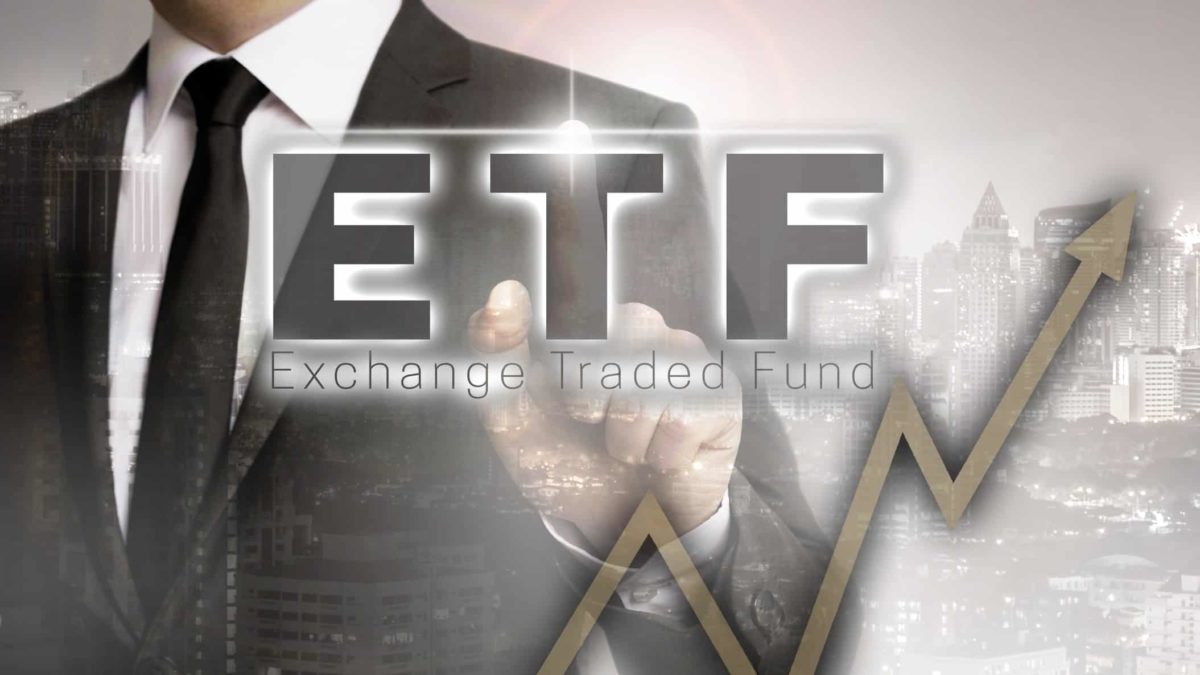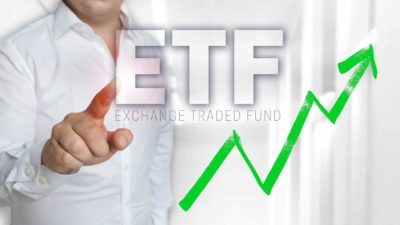In this era of volatility and uncertainty, going for diversified investments like exchange-traded funds (ETFs) could make a lot of sense.
It's hard to know which sector is going to perform next, or when the declines are going to stop.
ETFs give investors the ability to buy a whole group of shares across different sectors or different countries, depending on the particular ETF.
ETFs could be useful investments, particularly at the current lower prices. Here are two:
iShares S&P 500 ETF (ASX: IVV)
This is one of the most popular ETFs on the ASX, with a fund size of around $5 billion.
As the name suggests, it's about investing in the S&P 500 – an index of 500 of the biggest and most profitable names that are listed in the US.
Readers may recognise many of the biggest names in the portfolio including Apple, Microsoft, Amazon.com, Alphabet, Tesla, Berkshire Hathaway, Johnson & Johnson, UnitedHealth, Nvidia, Exxon Mobil, Meta Platforms, Proctor & Gamble and Visa.
While past performance is not a reliable indicator of future performance, I think an average return per annum of around 14% over the past five years demonstrates the collective quality of the underlying businesses.
One of the attractive features of the ETF is its low management fee of just 0.03%, meaning nearly all of the returns are left in the portfolios of investors.
After a 17% drop in the iShares S&P 500 ETF unit price in 2022, it's now at a materially cheaper price.
VanEck Video Gaming and Esports ETF (ASX: ESPO)
This is an investment focused on the video gaming and e-sports sector.
There aren't many holdings in the portfolio – 24 at the last count – so it's quite a concentrated portfolio. The top ten positions make up 64% of the overall weighting.
Those largest ten positions are: Tencent, Nvidia, Netease, Advanced Micro Devices, Activision Blizzard, Take-Two Interactive Software, Electronic Arts, Nintendo, Nexon and Sea.
VanEck has a bullish take on what makes this ETF attractive:
E-sports reflect the convergence of entertainment, video gaming, sports and media businesses. With an active, engaged and relatively young demographic, the stage is set for sustainable long-term growth.
By 2023, the competitive video gaming audience is expected to reach 646 million people globally.
The underlying businesses within this portfolio are generating ongoing revenue growth. VanEck says that e-sports revenue growth has increased by an average of 28% per year since 2015. The broader video gaming revenue has increased by an average of 12% per annum since 2015.
One of the ways that these businesses are collectively growing is by creating new revenue streams with e-sports through game publisher fees, media rights, merchandise, ticket sales and advertising.
According to VanEck materials, global games revenue is expected to grow by approximately 33% from US$150 billion in 2019 to US$200 billion in 2023









